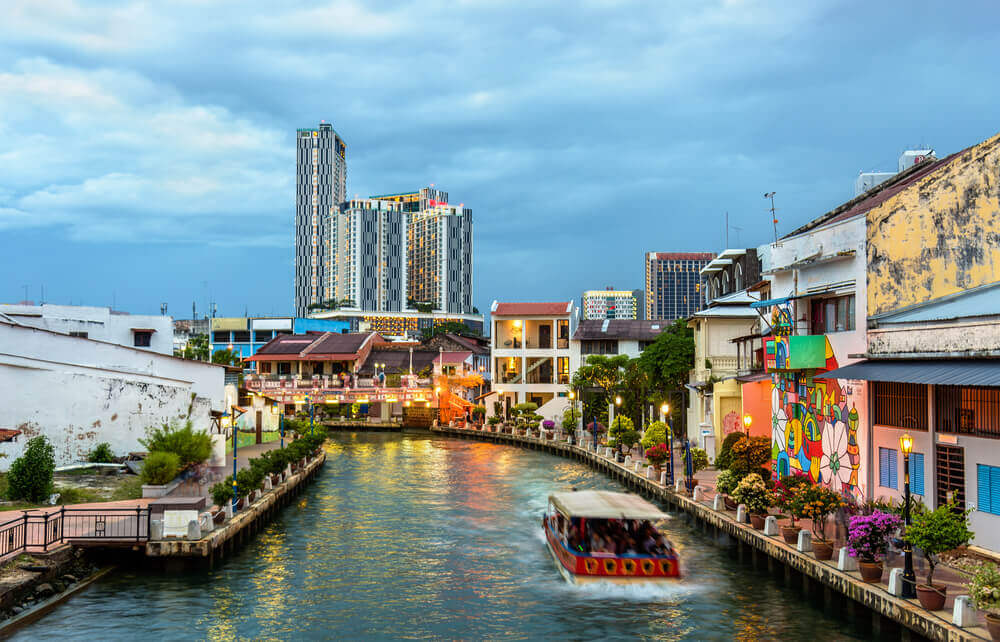Introduction
Nestled on the west coast of Peninsular Malaysia, Malacca—also known as Melaka—stands as a city infused with a rich blend of heritage, culture, and historical intrigue. For centuries, this unique city has served as a key crossroads for global trade, leaving a distinctive imprint on its architecture, cuisine, and identity. Journeying through Malacca is like flipping through the pages of a living history book: Portuguese forts, Dutch squares, Chinese temples, and vibrant local markets converge to tell a captivating narrative. In this article, we will delve into Malacca’s fascinating history, examine its multicultural legacies, discover its culinary delights, and appreciate how this UNESCO World Heritage site continues to evolve as a vibrant, must-visit destination in Southeast Asia.
The Crucible of History: Malacca’s Storied Past
Malacca’s historical importance cannot be overstated. Founded in the early 15th century by Parameswara, a fugitive Sumatran prince, Malacca rapidly grew into one of the region’s most influential trading ports. Its strategic position along the Straits of Malacca attracted merchants from the Middle East, India, China, and beyond. The city’s fortunes changed hands over the centuries, falling under Portuguese, Dutch, and British rule, each leaving indelible marks on its society and landscape. Every era added new layers to Malacca’s multi-faceted character; the intermingling of east and west remains central to its allure.
Fusion of Cultures: Architectural and Spiritual Heritage
The tangible echoes of Malacca’s multiculturalism are evident in its striking architecture and religious sites. Landmarks such as the A Famosa fortress, the Dutch Stadthuys, and the vibrant Jalan Tokong temples highlight a synthesis seldom found elsewhere. The intertwining of Islamic, Christian, Hindu, and Buddhist influences reflects centuries of peaceful coexistence. Strolling through Jonker Street or admiring the Cheng Hoon Teng Temple, visitors encounter not just buildings, but living testaments to Malacca’s cosmopolitan legacy, reminding us that true grandeur lies in diversity and dialogue.
Flavors of Malacca: Culinary Crossroads
As with its people and buildings, Malacca’s cuisine is a testament to fusion. The city is renowned for Peranakan, or Nyonya, specialties—spicy, aromatic dishes born from the marriage of Chinese and Malay traditions. Recipes like chicken rice balls, laksa, and cendol represent centuries of adaptation and exchange. The food scene also reveals traces of Portuguese and South Indian seasoning. Sampling a meal in Malacca isn’t merely eating; it’s partaking in a centuries-old story, kept alive with every bite at bustling night markets or heritage restaurants.
Modern Malacca: A Living Tapestry
Today, Malacca illustrates the harmony between its storied past and dynamic present. Restoration efforts and modern tourism have rejuvenated its old quarters, while contemporary art, cafés, and boutique hotels thrive amid centuries-old facades. Festivals, art walks, and an enterprising local community ensure that Malacca remains both a historical monument and a vibrant living city. Its continued evolution is proof of its resilience—a model for how tradition and modernity can coexist.
Conclusion
Malacca’s journey from a small fishing village to a global entrepôt, and now a bustling World Heritage site, encapsulates the transformative power of cultural exchange and adaptation. Its layered history, multicultural heritage, remarkable cuisine, and ongoing vitality make it far more than just a relic of the past. Malacca offers a lens through which to understand the region’s complexities, demonstrating how old and new can unite to create something truly special. For travelers and history enthusiasts, Malacca stands as a testament to the enduring value of openness, blending, and renewal—a city where the past continually shapes and inspires its future.
